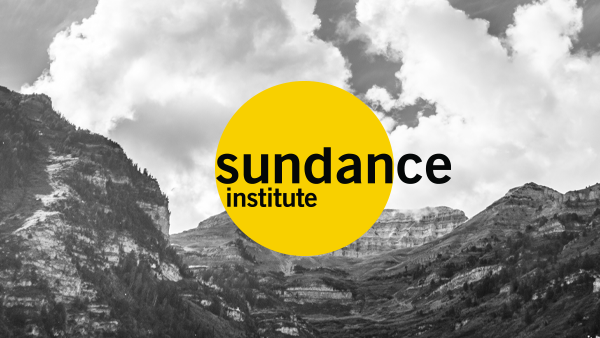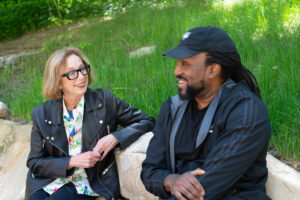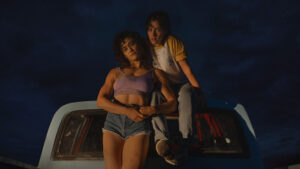Andrew Okpeaha MacLean
Last week, we showed On the Ice in Arizona as a part of Sundance Institute’s Film Forward program. I was there for three screenings. The first one took place in Sells, a small town on the Tohono O’odham reservation about an hour outside of Tucson. It’s not the first time we’ve played for a predominantly indigenous audience, or in a small, rural community. We shot the film in a village that fits that description pretty well, Barrow, Alaska, and we screened there last year. We’ve also screened in a number of indigenous film festivals all over the world, from Canada to Australia. One of the things that has struck me from these screenings is how personal the reaction to the film is in these communities.
The lifestyle and traditional culture of the Tohono O’odham people could hardly have been more different from the Iñupiat of northern Alaska. They are a desert culture, living in the Sonoran desert on both sides of the US-Mexican border. Our culture lives in the frozen arctic. Ain’t no cacti in Barrow. And yet the reaction of the audience in Sells, and other indigenous audiences is one of deep identification. They seem to feel that the film isn’t just relevant to their lives, but is in some way about them. It speaks to the recent shared experience of indigenous cultures all over the world.
In one way it’s totally appropriate that the Tohono O’odham people would see themselves in the film. On the Ice was partly inspired by westerns, especially the westerns of Sergio Leone. Leone shot his westerns in Spain, on Tenerife in the Canary Islands, but they were set in the American Southwest, in places like the Sonoran desert of Arizona.
To me, Westerns are all about morality. The desolate landscape of the desert suggests a place that is beyond the scope of conventional morality and law. It feels like a place where anything can happen, where it’s possible to get away with murder. The frozen ocean setting of On the Ice is meant to evoke similar feelings of freedom, isolation and danger. But one of the messages of the film is that morality is something that travels with us. We’re never really able to escape it. The empty landscapes of the desert and the ice aren’t so empty after all. They’re filled with civilization and culture.




